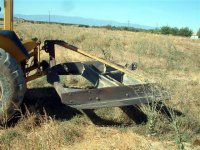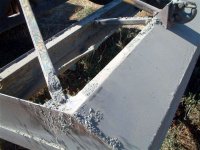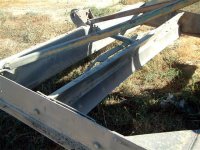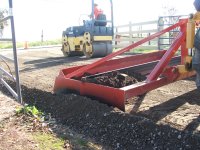jenkinsph
Super Star Member
I think that the guys complaining about the runners holding material are professionals and don't like material falling into the grass that they might be working next to for their customers. While my runners collect material, it is nothing that I worry about, in fact if I let it just build up, it packs in at a 45 degree slope and doesn't hold any more, so then nothing falls out anyway. Conditions can make a big difference with what one needs.
Use your box blade for now, but a LPGS is faster and easier in the long run.
The thing is if you are aware of the problem of the flanges holding the rocks why not design it so the problem goes away? Using rectangular box tubing solves that problem. And you can fill them with sand, weight material (Bayrite) or concrete to add more weight.
I should also mention that pieces of rectangular box tubing is available used in lengths appropriate for the skids if you look through scrap yards. Most were used for large signs and these things get replaced enough to make this a good find.





